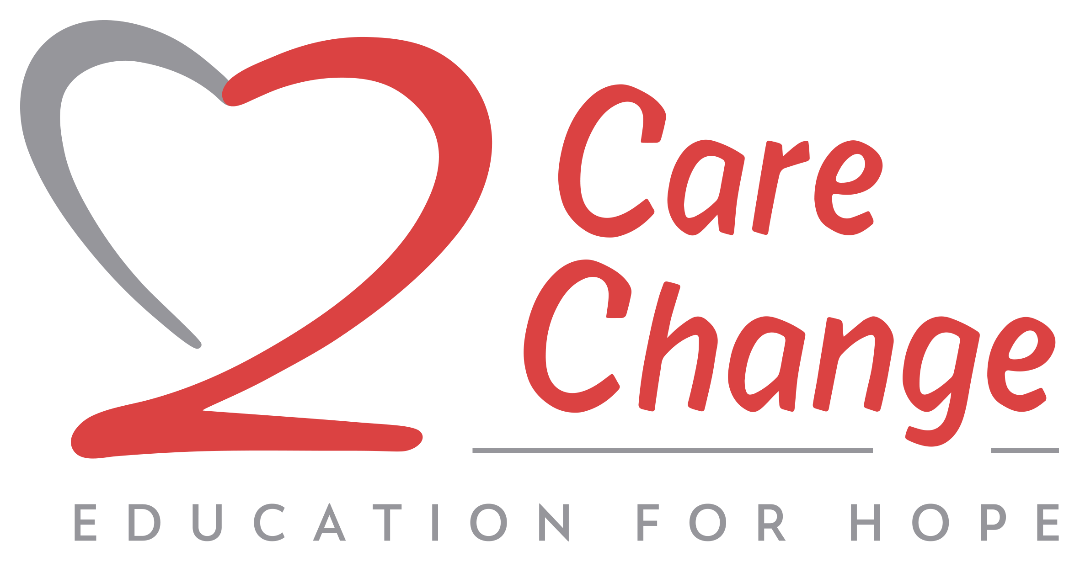
Why Kaberamaido?
History and Population statistics of Kaberamaido
LOCATION
District of Eastern Uganda
ECONOMIC ACTIVITIES
Agriculture, with a main emphasis on food crops
TRANSPORT NETWORK
Kaberamaido has an underdeveloped road network. Roads do not exist in some parts of the district greatly hindering transport
EDUCATION SERVICES
The district has a total of 86 primary schools with 79 government and 7 community schools. For secondary schools, the district has over 15 schools, 5 are government, 3 private and 7 community.
HEALTH SERVICES
There is no Government dispensary, 7 health centers at the county level, 1 health centre at sub-county level. There are 2 private/NGO dispensaries, 1 clinic and no health centre.
Area Specific Profiles
Population Statistics – National Population and Housing Census 2014
Area Specific Profiles – Kaberamaido District
Male: 102,250 Female 104,245 Urban 57,902 Rural 148,593 Total 206,495
• Two out of every 25 (8%) children less than 18 years of age were orphaned;
• One in every 16 (6% ) of the girls aged 12 to 17 years had already given birth;
• One in every 15 (6.5%) of the girls aged 12 – 17 had ever been in a marriage union;
– National Population and Housing Census 2014 Area Specific Profiles – Kaberamaido District
Education Statistics: Area Specific Profiles – Kaberamaido District
87 % of persons aged 15 years and older highest level of education completed is below a Senior Year High School Degree.
83% of Males and 92% of Females aged 15 years and older highest level of education completed is below a Senior Year High School Degree.
8% of males and 4% of females aged 18 years and older completed “O” level Uganda Certificate of Education (UCE).
2% of Males and 0.5% of Females aged 20 years and older highest level of education completed is “A” level Uganda Certificate of Education (UCE).
Access to Health
There is no Government dispensary, 7 health centres at the county level, 1 health centre at sub-county level. There are 2 private/NGO dispensaries, 1 clinic and no health centre.
HEALTH SERVICES in Kaberamaido
Access to a Health Facility
12.% of the population in Kaberamaido are within 5 km or more to the nearest health facility, whether public or private.
The number of health personnel in Uganda is 1.49 per 1,000 population, critically below the WHO recommended a minimum of 2.3 per 1,000 population:
Health Worker H/W: Population ratio Density per 1,000 population
Nurses 1: 3,540 0.28 / 1,000
Midwives 1: 7,009 0.14 / 1,000
Resource: Annual Health Sector Performance Report 2010/11 – National Population and Housing Census 2014 Area Specific Profiles – Kaberamaido District
